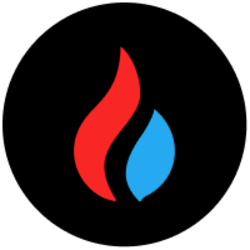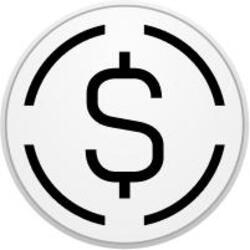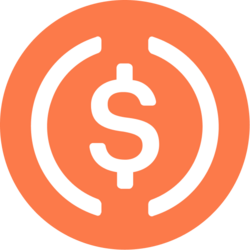President Trump’s imposition of high tariffs has put investors in an “event-driven” bear market that could turn “cyclical,” as the levies on imports into the U.S. and the threat of retaliation by overseas partners raise the risk of a recession, according to Goldman Sachs. “We argue that we are currently in an event-driven bear market,” chief global equity strategist Peter Oppenheimer wrote on Tuesday. “The event in this case was ‘liberation day’ and the sharp rise in tariffs it triggered. Indeed, this could be seen as self-inflicted, given the strong prospects for global economic activity at the start of the year, particularly in the U.S., where our economists [had] put the probability of recession at just 15%.” “However, it could easily morph into a cyclical bear market given the growing recession risk,” Oppenheimer continued. “Our economists have lowered their 2025 Q4/Q4 GDP growth forecast to 0.5% and raised their recession probability to 45%.” Bear markets are defined as a drop of 20% or more in stock prices from a recent high, but they can vary significantly in terms of scope and scale, depending on their cause. Here are the three kinds of bear markets Godman Sachs identified. Structural bear markets. These are caused by a structural imbalance or a financial bubble that typically result in some price shock such as a banking crisis. The 2008 financial crisis underlying the Oct. 2007 to March 2009 bear market is considered a structural bear market. Cyclical bear markets. These come when there is a downtrend in the economic cycle, often caused by rising interest rates, a resulting recession, as well as a fall in corporate profits. The 1990 bear market from July to October was driven by cyclical causes. Event-driven bear markets. These are caused by a one-off “shock” that may or may not lead to a recession, and which temporarily knocks the economic cycle off course. An example would be a war or an oil price shock, or the coronavirus pandemic that caused the February to March 2020 bear market. For investors, the strategist’s assessment suggests there’s a long way to go before stocks hit bottom, as the average decline in both an event-driven and cyclical bear market is 30%. That would mean the S & P 500 could bottom at 4301, or 30% below the benchmark’s all-time closing high of 6144 reached on Feb. 19. From where the S & P 500 closed Monday, at 5,062.25, that would still translate into another drop of more than 15%. How long the bear market lasts could also vary sharply depending on whether the current bear market is event-driven or cyclical. An event-driven bear market might last for eight months and recover in about a year, Goldman said. On the other hand, a cyclical bear market might last two years, and take five years for stock prices to fully recover. More ominously, structural bear markets are the most severe, with average slumps of 60% or more lasting for at last three years or longer, and take a full decade for prices to come back to where they were. But even if the current downturn ends up as a milder, event-driven or cyclical bear market, Oppenheimer wrote, “we would expect further downside.” Get Your Ticket to Pro LIVE Join us at the New York Stock Exchange!| Uncertain markets? Gain an edge with CNBC Pro LIVE , an exclusive, inaugural event at the historic New York Stock Exchange. In today’s dynamic financial landscape, access to expert insights is paramount. As a CNBC Pro subscriber, we invite you to join us for our first exclusive, in-person CNBC Pro LIVE event at the iconic NYSE on Thursday, June 12. Join interactive Pro clinics led by our Pros Carter Worth, Dan Niles, and Dan Ives, with a special edition of Pro Talks with Tom Lee. You’ll also get the opportunity to network with CNBC experts, talent and other Pro subscribers during an exciting cocktail hour on the legendary trading floor. Tickets are limited!












































